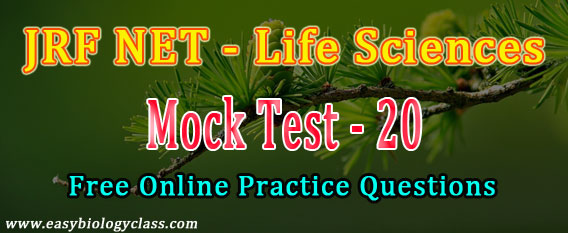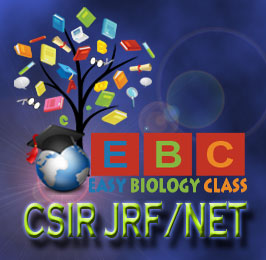Welcome to CSIR NET Online Mock Test 20. This test is for the preparation of CSIR NET Life Sciences Examination. It Consists of 15 MCQ Questions in Online Test format. Once you finish the test, please click ‘SUBMIT‘ button to see your ‘SCORE‘ and ‘CORRECT ANSWERS‘. You may contact Admin if […]
Continue ReadingCategory Archives: NET Life Sciences Model Questions
CSRI JRF NET Life Sciences June Model Question (11)
1. Penicillin-resistant bacteria produce β-lactamase which inactivates penicillin by: a. Esterifying the carboxyl group b. Oxidizing S atom c. Hydrolyzing the side chain d. Hydrolyzing the C-N bond Ans. (d) β-lactamases or penicillinase are a class of enzymes produced by some bacteria which degrade penicillin antibiotic and thereby impart resistance […]
Continue ReadingLife Sciences JRF NET Model Question Paper for June (10)
(1). During glycogen metabolism, the glycogen in the cell is first breakdown to glucose-1-phosphate by the enzyme glycogen phosphorylase. This reaction is a______ a. Glycolysis reaction b. Hydrolysis reaction c. Phosphorolysis reaction d. Glucolysis reaction Learn more: MCQ on Carbohydrates (3 sets) (2). Which of the following genes is activated […]
Continue ReadingNET Life Sciences Model Question Paper for June (09)
(1). The quaternary structure of human hemoglobin is best described as: a. Dimer of two myoglobin dimers b. Tetramer of identical subunits c. Tetramer of four different subunits d. Tetramer of two different subunits (2). Which of the following statements is NOT true for Fluorescence Resonance Energy Transfer (FRET)? a. […]
Continue ReadingCSIR JRF NET Life Sciences Model Question Paper for June 2017 Exam (Set 1/4)
(1). Action of topoisomerase leads to changes in a. Linking number of single-stranded linear DNA b. Lining number of double stranded linear DNA c. Linking number of closed circular single stranded DNA d. Linking number of closed circular double stranded DNA (2). Sarcomas are cancers originating from: a. Spleen b. […]
Continue Reading

